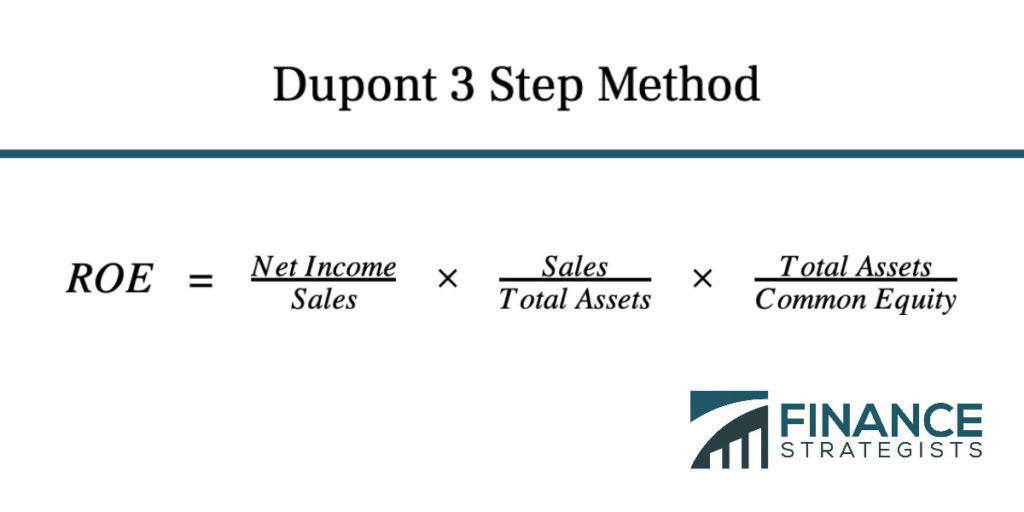You can see how utilizing a high discount rate will give a lower assessment than a low discount rate like the example with SIRI from earlier. Here's a crucial side journey in this conversation. When Warren Buffett initially started to develop a position in Coca-Cola in 1987, he used the treasury rate as a yardstick. Have a look at these ten years Treasury rates. 1980: 10. 8%1981: 12. 57%1982: 14. 59%1983: 10. 46%1984: 11. 67%1985: 11. 38%1986: 9. 19%1987: 7. 08%1988: 8. 67%1989: 9. 09%1990: 8. 21% When he began accumulating Coca-Cola, the rate was 7%, but just 2 years eliminated from double digits.
So utilizing a discount rate of 11%+ to start purchasing Coca-Cola made total sense. You can see how choosing and thinking through a story is necessary in picking a discount rate. Buffett's option to discount rate by the treasury rate was his minimum necessary return. He also utilized the treasury rate as a measuring stick for all organizations, instead of appointing a different rate for various services. "In order to determine intrinsic value, you take those cash streams that you anticipate to be generated and you discount them back to their present value in our case, at the long-term Treasury rate.
But you can use the resulting present worth figure that you get by discounting your money streams back at the long-lasting Treasury rate as a typical yardstick just to have a standard of measurement across all organizations (Which of these arguments might be used by someone who supports strict campaign finance laws?)." I like to utilize a post-tax discount rate of 7-12%. Like Buffett, I have a minimum return rate that I want and that occurs to be between 7-12% in today's world of low rate of interest and dependent on the kind of business. In the example above utilizing SIRI, I utilized 7% and 9% to reveal the distinction it can make. As SIRI is a business with strong capital, strong ownership and a company wesley financial group llc reviews design that can churn out money, a high discount rate does not make sense.
If we believed we were getting a stream of money over the thirty years that we felt exceptionally particular about, we 'd use a discount rate that would be somewhat less than if it were one where we expected surprises or where we thought there were a greater possibility of surprises. Buffett & Munger Investor Meeting If the business was a biotech how much does wesley financial charge without any earnings streams and only a single drug in stage 2 or 3 trials, the discount rate would be significantly higher. Now it looks like the longer this gets, the more I'm puzzling you But I'll include another piece of info anyways. The discount rate window permits banks to obtain cash for really brief term operating requirements. These loans are generally extended for 24 hours or less. The rate of interest charged is identified separately by each of the Federal Reserve banks, but is centrally evaluated and identified by the Board of Governors of the Federal Reserve System (How old of an rv can you finance). Usually, the discount rate will be the very same throughout all the Federal Reserve Banks, other than for the days around the time the discount rate changes. The discount rate window actually provides 3 different loan programs, each with its own discount rate. The primary credit program is the Fed's main lending program for eligible banks in "usually sound financial condition." The discount rate on these loans is normally set above the existing market rate of interest offered from other sources of brief term or overnight debt.


Loans from the secondary credit program bring a higher discount rate than loans in the main credit program. What is a future in finance. The 3rd wesley financial group program is the seasonal credit program, available to smaller sized banks with recurring changes in their capital. A typical example are agriculture banks, whose loan and deposit balances change each year with the various growing seasons. The discount rate on these loans is determined from an average of picked market rates of equivalent alternative lending centers. If you're here due to the fact that you're looking to find out more about stocks, head to our Broker Center, where we can help you begin.
We 'd like to hear your questions, ideas, and viewpoints on the Understanding Center in general or this page in particular. Your input will help us help the world invest, better! Email us at. Thanks-- and Fool on!.
The term "discount rate" refers to the factor utilized to mark down the future cash streams back to the present day. To put it simply, it is used in the calculation of time value of cash which contributes in NPV (Net Present Value) and IRR (Internal Rate of Return) calculation. Download Corporate Evaluation, Financial Investment Banking, Accounting, CFA Calculator & others The formula for discount can be revealed as future money circulation divided by present worth which is then raised to the mutual of the number of years and the minus one. Mathematically, it is represented as, where, In the case of several compounding during a year (t), the formula for the discount rate can be further expanded as revealed below.